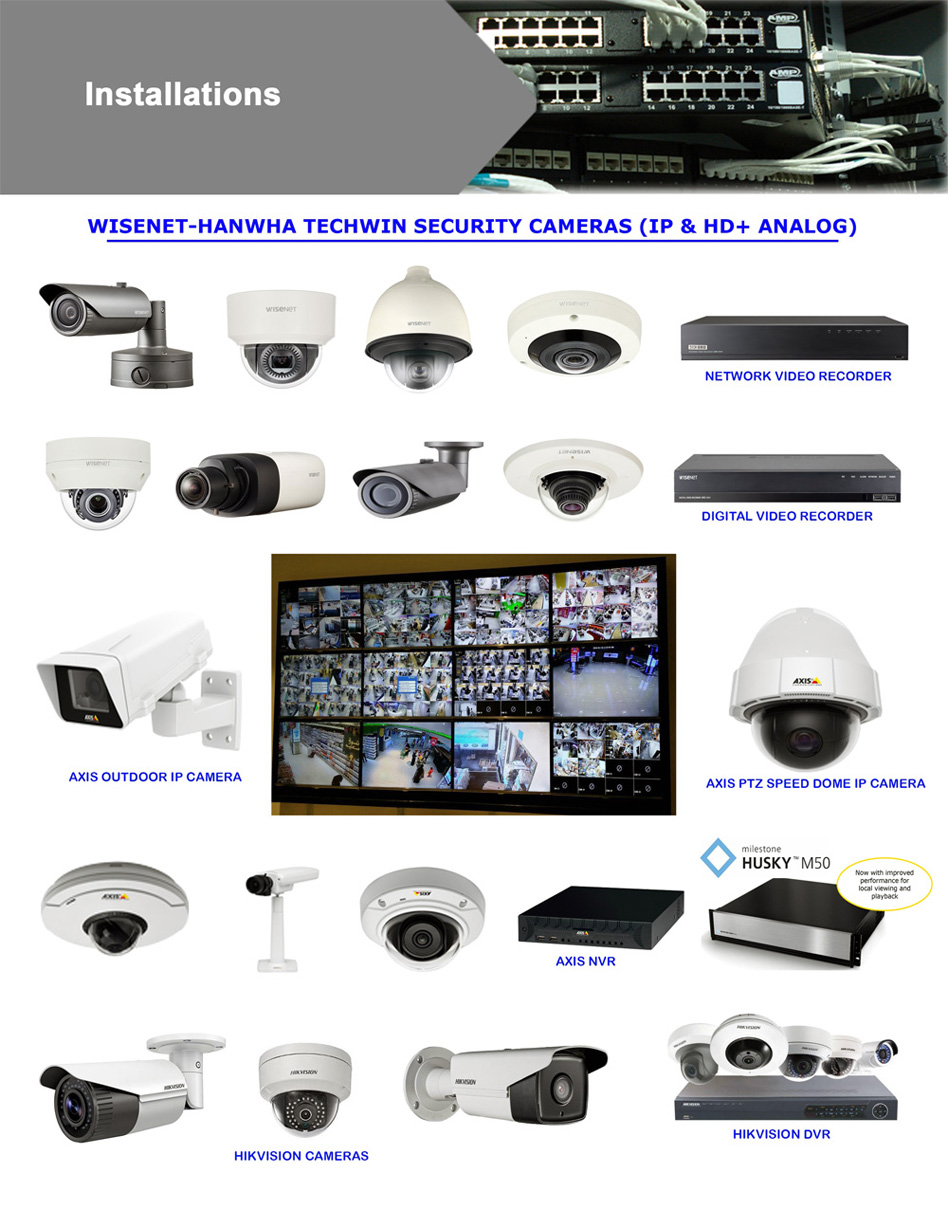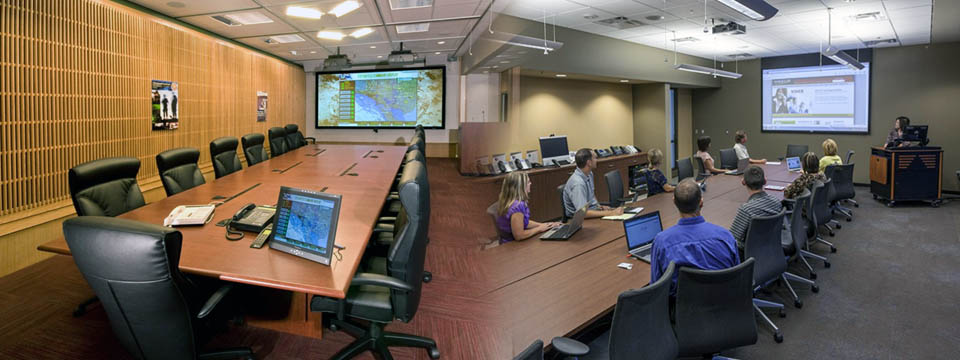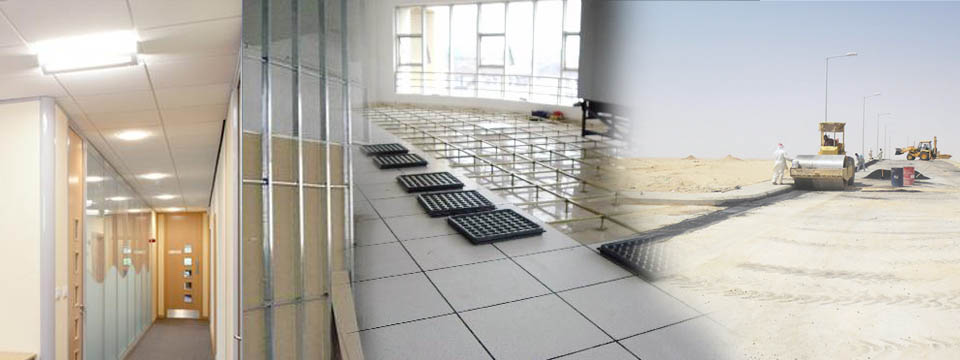
SECURITY SYSTEMS
CCTV is a monitoring system that allows a business to record footage based on the system's programming.
A closed circuit television, or CCTV, describes a system that captures and records video on a closed, connected system. This differs from broadcast television in that a CCTV system involves a direct cable or wireless connection between a camera, receiver and recording device, as opposed to a wireless signal publicly broadcast to multiple, properly attuned receivers. CCTV systems are used for surveillance purposes, to increase levels of safety and security.
Systems are often implemented because they:
![]() Deter theft
Deter theft
![]() Reduce vandalism
Reduce vandalism
![]() Monitor high risk or secure areas
Monitor high risk or secure areas
![]() Ensure quality control
Ensure quality control
![]() Decrease liabilities (ex. fraudulent injury claims)
Decrease liabilities (ex. fraudulent injury claims)
![]() Increase safety for staff in facilities and parking areas
Increase safety for staff in facilities and parking areas
![]() Provide evidence by recording from the earliest stages of break-in attempts
Provide evidence by recording from the earliest stages of break-in attempts
![]() Confirm remote processes are running properly
Confirm remote processes are running properly
A basic CCTV system consists of three components: a camera, monitor and recording or storage device. These pieces of equipment connect with coaxial cables or wireless signals, which carry the image data the camera captures for viewing and recording. Different styles and varieties of cameras are available depending upon your specific surveillance needs, including outdoor models, zoom cameras and dome types.
3 Types of CCTV Systems
Analog - A traditional set-up where the cameras are connected via coaxial cable to a Digital Video Recorder (DVR) or monitor.
IP - A mainstream, higher quality camera set-up that connects to a networked server, allowing footage to be recorded and viewed anywhere via the internet.
Hybrid - For businesses with analog cameras looking to add to existing units, a hybrid system allows both analog and the higher quality IP cameras to run off the same DVR.
CCTV is often maintained and funded by a partnership consisting of local authorities and businesses. In this way, it is a tangible demonstration of the police, local authority and businesses working together to make communities safer.
As well as assisting with detection, CCTV can also act as a deterrent. A building or an area with CCTV installed becomes a less attractive target if an offender is aware that his or her actions may be observed and recorded. Public support for CCTV is strong. People appreciate the importance of CCTV in the prevention and detection of crime and may lobby for its installation in areas where anti-social behaviour is an issue.
Access control security systems include a range of technical solutions to allow the free flow of authorised people whilst denying entry to unauthorised visitors.
EZDHIHAR provide leading electronic access control systems to protect offices, hospitals, public buildings, the retail sector, schools and colleges.
Access Control
Access Control systems increase security within your premises. Fingerprint reader, pin combination, facial recognition systems, are the different kinds of access control systems available in the market. These systems can be used to increase security at home and business places. Restricting entry into your premises is the most important step towards attaining safety, only authorized users are granted access into your homes, bedrooms, safes, offices, cabins etc. in-built alarms in access control systems alert owners in case an unauthorized entry s attempted.

Access Control Surveillance System Benefits:
• Track and deter access throughout your organization.
• Provide auditing and time and attendance features.
• Restrict access to sensitive areas.
• Provide a safer working environment.
• Avoid expensive re-keying when an employee leaves.
• Remotely administer and control access to even thousands of facilities through one interface.















